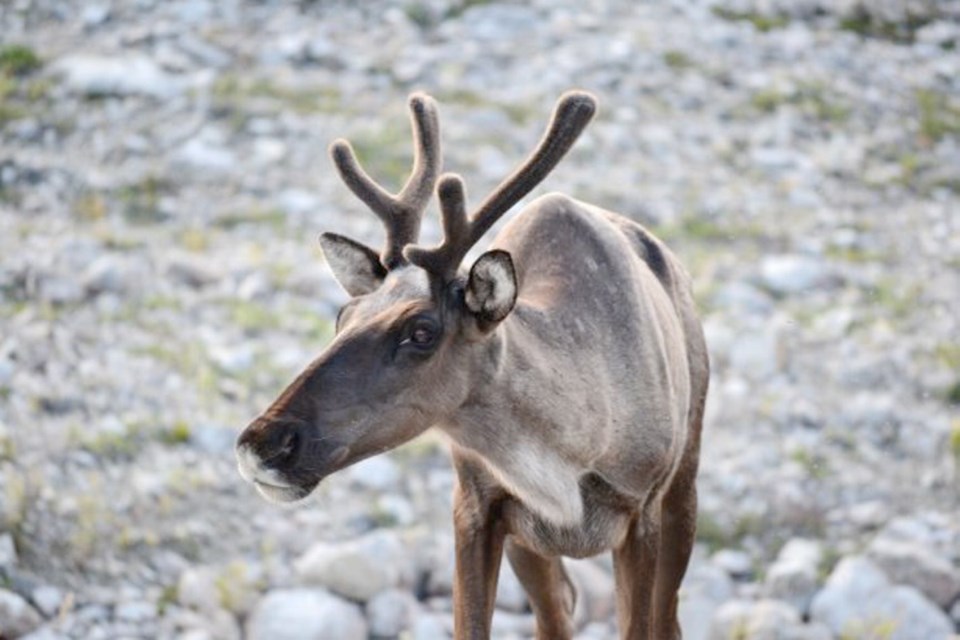 Pickup trucks dotted the parking lot of the Strawberry Vale Community Hall — well-used four-by-fours, fitted with boat racks and campers.
Pickup trucks dotted the parking lot of the Strawberry Vale Community Hall — well-used four-by-fours, fitted with boat racks and campers.
Inside, the crowd was overwhelmingly male. Plaid shirts. Ball caps bearing Stihl and Island Outfitters logos. No business suits. No hipster skinny jeans or ironic facial hair. These were hunters and anglers, here for the B.C. Wildlife Federation’s take on the provincial election.
What they got was a stark assessment of the grim state of our wilderness, the result of years of political indifference, of what the BCWF’s Al Martin — the former government bureaucrat in charge of fish, wildlife and eco-systems — called “a train wreck of natural resource management.”
Standing in front of a PowerPoint image that asked “Are we losing what makes B.C. special?” Martin listed off example after example of failures to maintain healthy animal populations.
Some of B.C.’s mountain caribou herds will disappear within the next couple of decades, Martin told the crowd. “They’re basically the canary in the coal mine.”
Others species will follow. Buck the urban black-tail might roam at will in Victoria but mule deer and elk are declining in other parts of the province. The BCWF says moose populations in the central Interior have plunged 50 to 70 per cent.
Anglers from around the world used to flock to Spences Bridge to chase the legendary Thompson River steelhead trout. No more. “There are only 430 of these individuals left in the stream,” Martin said. That’s 430 fish, not fishermen. Up-Island, just two or three steelhead were found in the Gold River system this year.
In Kootenay Lake, there’s been a drastic drop in the number of Kokanee salmon from the Meadow Creek system and, in consequence, of the famed Gerrard trout that feed on them.
The estimated number of mountain goats in the Okanagan dropped from 562 in 1984 to 250 in 2014. The ones remaining benefited from the forest fires of 2003; our practice of suppressing every blaze in the bush has allowed forests to encroach on the grasslands species need to survive.
That highlights another issue: Precious little is being done to preserve the habitat that supports wildlife. Trying to sustain populations through bag limits and catch limits isn’t enough.
“You need to look after the eco-systems,” Martin said. The BCWF says almost all the wetlands — critical breeding habitat for fish, birds, amphibians and reptiles — in the Lower Mainland and southern Okanagan have been lost.
Monday night’s View Royal gathering was one of 17 town hall meetings around the province, part of the wildlife federation’s attempt to nudge backcountry issues onto the parties’ radar screens.
Good luck with that. Elections are fought and won in the cities, where the greatest number of seats are, which is why you’ll hear a lot more about Vancouver’s housing prices and bridge tolls (the Port Mann span is nestled among six swing ridings) than about vanishing caribou this campaign. Were it not for Donald Trump forcing softwood lumber onto the agenda, you wouldn’t hear about that, either. With 48 of B.C.’s 87 electoral districts in the Lower Mainland and Fraser Valley, you won’t hear a lot about rural issues at all during this campaign. The bulk of the ridings are beyond Hope, as it were.
That’s too bad, because what the BCWF has to say should be heard.
Funding for B.C.’s resource ministries has flatlined, the Strawberry Vale crowd was told. A line graph of fish and wildlife spending relative to the province’s overall budget looks like the flight path of a plane slamming into a mountainside. (The BCWF estimates $34 million of the province’s $50-billion budget goes to fish and wildlife). B.C.’s renewable resource ministries had 21 per cent fewer staff in 2010 than in 1984. Their funding fell 56 per cent from between 1998 and 2011.
“Natural resource management clearly isn’t a priority for the politicians,” Martin said.
It’s not just money that’s lacking. It’s science and social supports. Where our neighbours in the U.S. monitor and research wildlife and protect their habitat, B.C. is in crisis mode.
Martin described a system adrift without objectives or the capacity to do much except respond to complaints about urban and nuisance animals.
Ask your candidates about all that, he urged the crowd.



